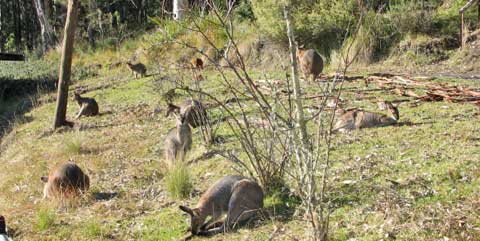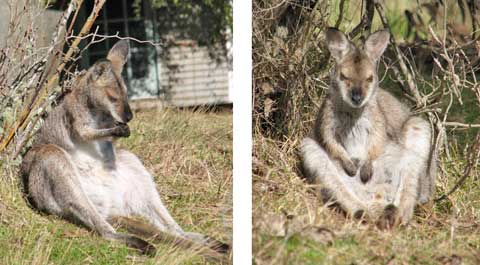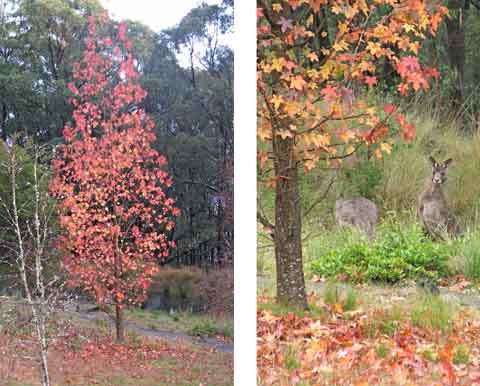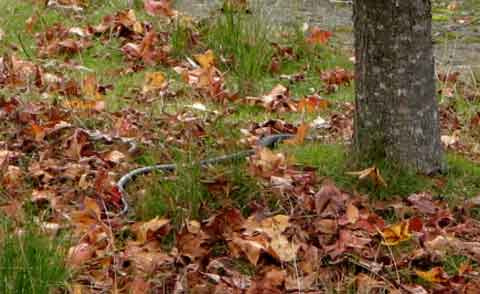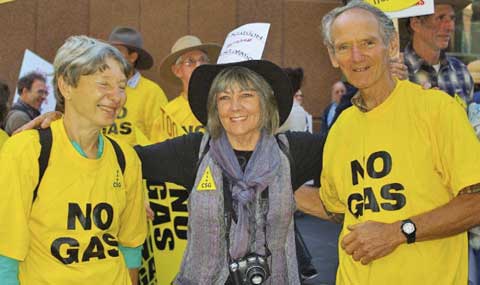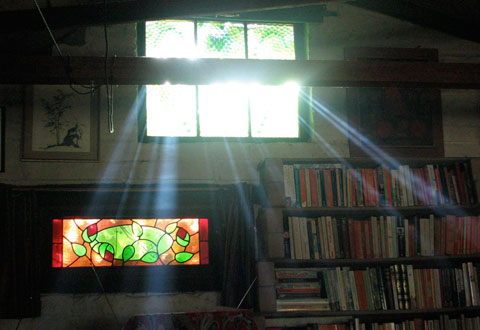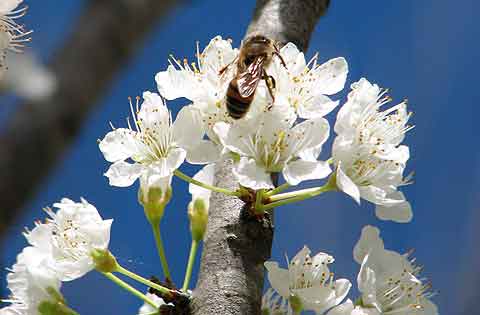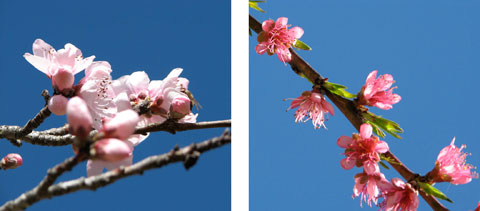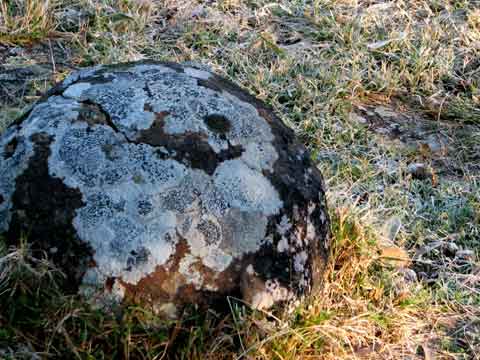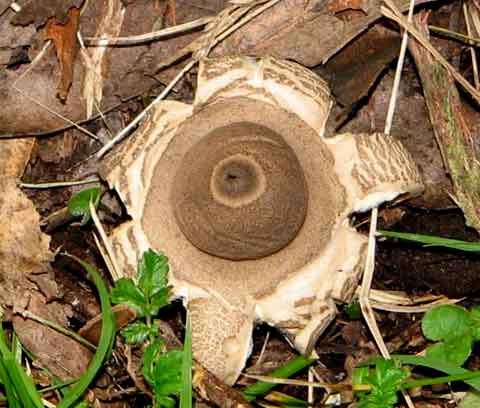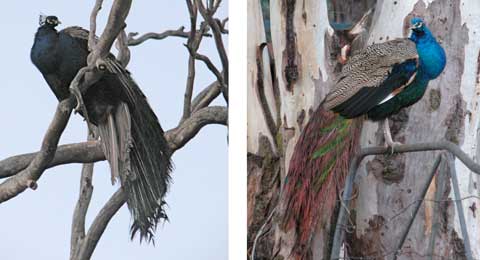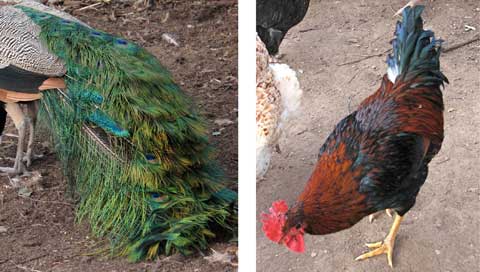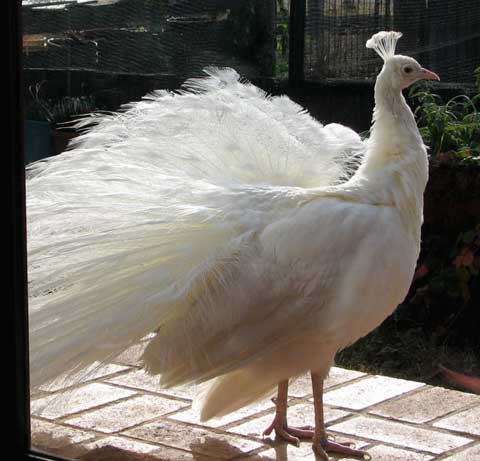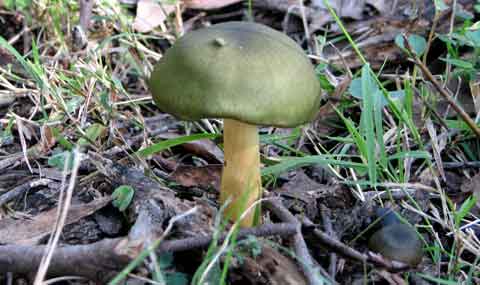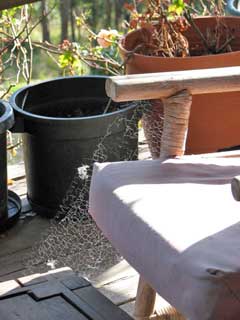 After almost a month away, I half-expected the critters to have taken over the last bit left to me, the cabin.
After almost a month away, I half-expected the critters to have taken over the last bit left to me, the cabin.
They hadn’t, really — just the usual antechinus invasion, persistent but not escalated.
The verandah wasn’t so lucky. The spiders had tied the cane chair to my dad’s coffee table, with a densely woven zig-zag mesh. No room for even a skeleton to fit their legs in between table and chair.
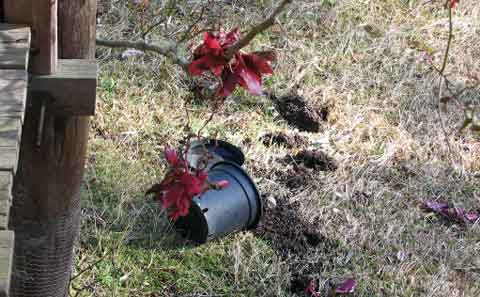
The possum had knocked the pot of the flourishing red Wandering Jew-type plant right off the railing to crash and empty on the ground below. One of its trailing arms hung like a decoration, caught in the climbing rose.
The destruction is particularly aggravating as this was one of the few plants that the possum doesn’t eat.

But down on the ground most of the bulbs had bloomed while I was away. Snowdrops and yellow jonquils in their large naturalised clumps had joined the Erlicheer jonquils that were, as always, first out.
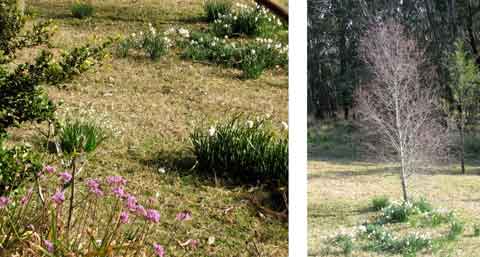
The tuberoses, strongest smelling and longest lasting when cut, were flashing their incongruous pink (left) amongst all the white and yellow and green.
Up in Queensland, it had been spring, with fruit trees in blossom and deciduous trees in bright green bud. Here we are usually about six weeks behind.
Fearing I had missed the brief bridal show in my orchard, I am relieved.
The change of seasons is still an anticipated pleasure!
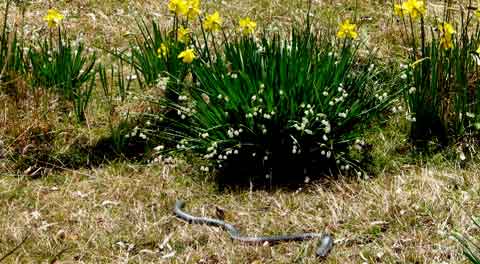
However, as this is my particular Eden, the warmer weather also brings out the snake in the grass — or the snowdrops!
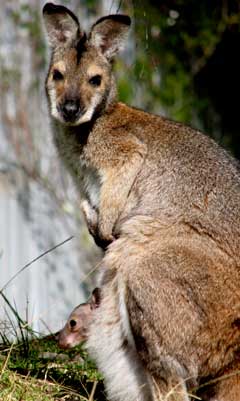 We all know how mothers have to be on the ball to keep an eye on the young. This was borne home to me afresh by my wallaby mates lately.
We all know how mothers have to be on the ball to keep an eye on the young. This was borne home to me afresh by my wallaby mates lately.